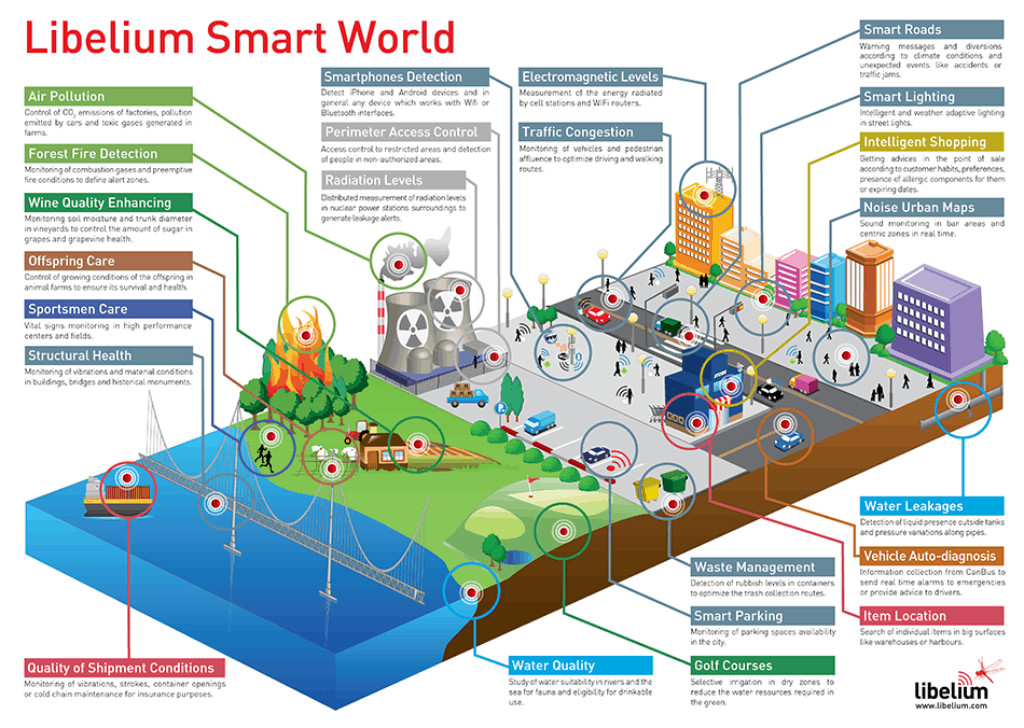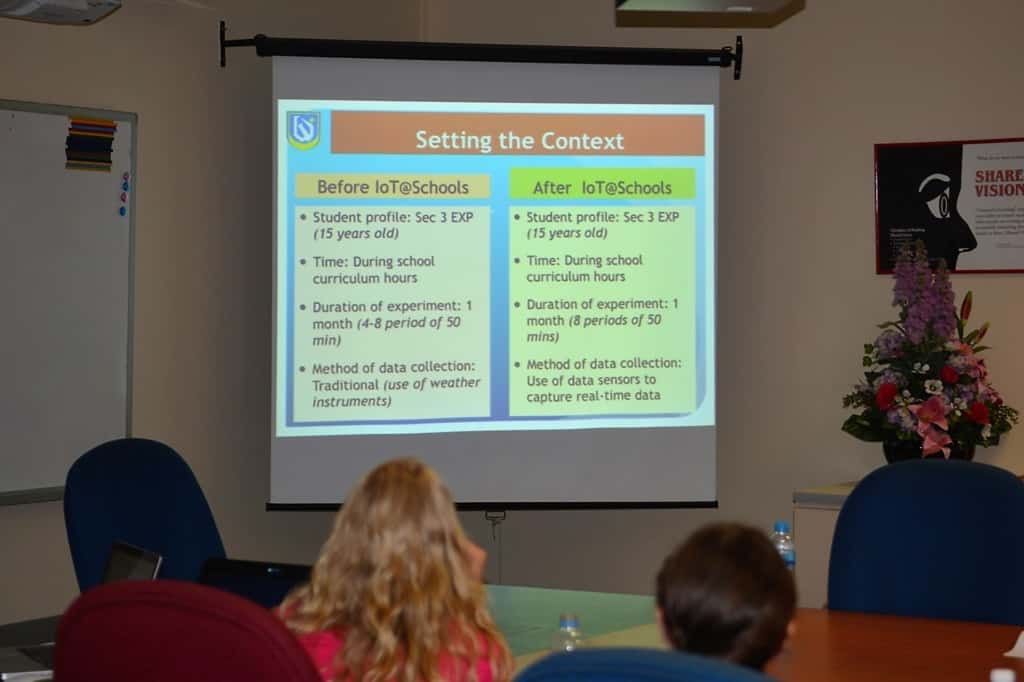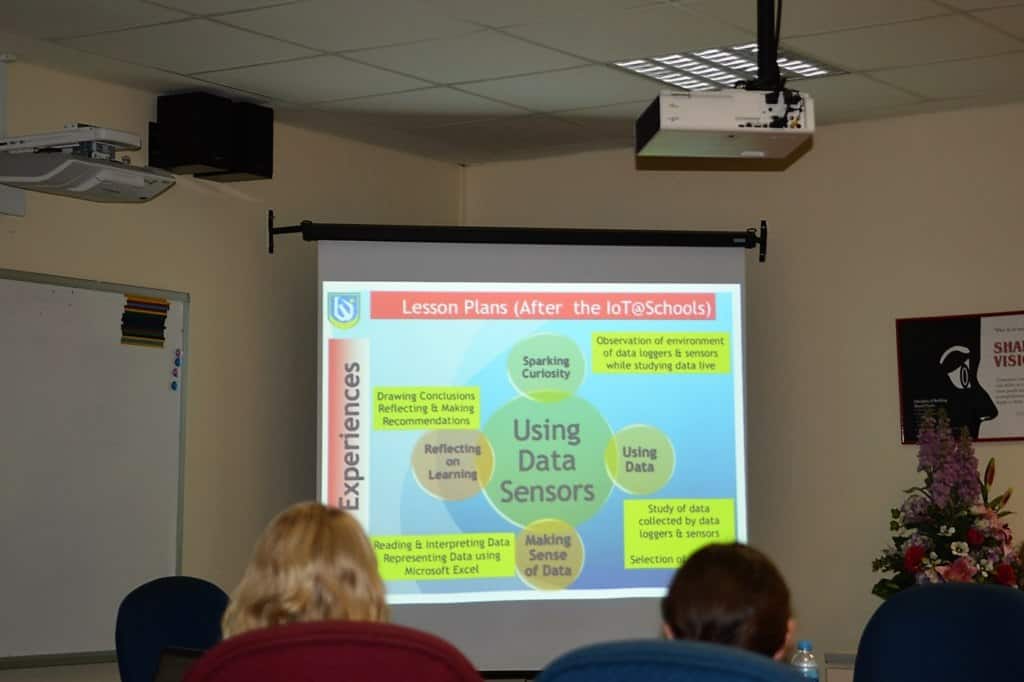Singapore may love acronyms more than we do. iDA=Infocomm Development Authority. KPI=Key Performance Indicator. ICT=Information Communication Technology. ALP=Applied Learning Programme. MP=Master Plan. ETD=Educational Technology Division. Most importantly, IoT=Internet of Things. Singapore is buzzing about IoT, especially when it comes to the Internet of (School) Things and student learning.
The Burroughs Wellcome Fund scholars are here in Singapore to explore best practices in STEM education, and IoT and its impact on students, teachers, schools, and inquiry-based learning is a good example of a concept you’ll be hearing more about in the future back home in North Carolina.
This is what a smart world might look like:


What is IoT? “Simply put, this is the concept of basically connecting any device with an on and off switch to the Internet (and/or to each other),” writes Jacob Morgan in Forbes. In schools, the IoT presents lots of interesting possibility for student learning, especially when it comes to PBL (project-based learning).
iDA is leading the way in Singapore to create authentic learning environments for the schools using IoT.
At Woodlands Secondary School, Govind Lakshmi, the school staff developer, walked us through the implementation of IoT at her school using data sensors to study the weather.
Lakshmi notes the emergence of positive learning attitudes in students when working with IoT. One student said, “Unknowingly, I realized I kept discussing/asking my teachers and partners more questions.”
The teachers become designers of learning, pedagogical innovators, she said. “And students own their learning.”















